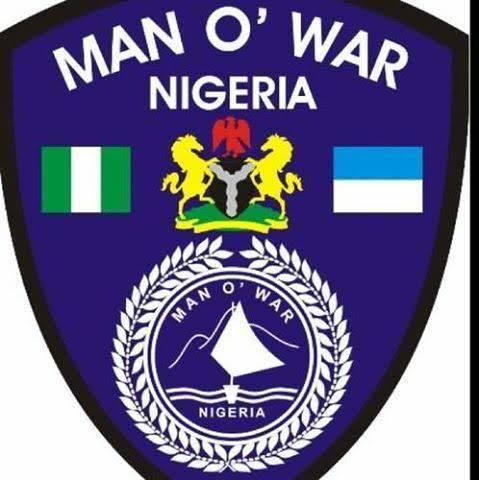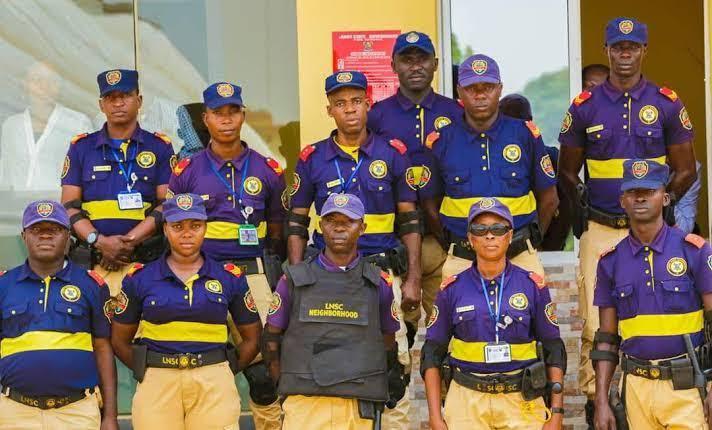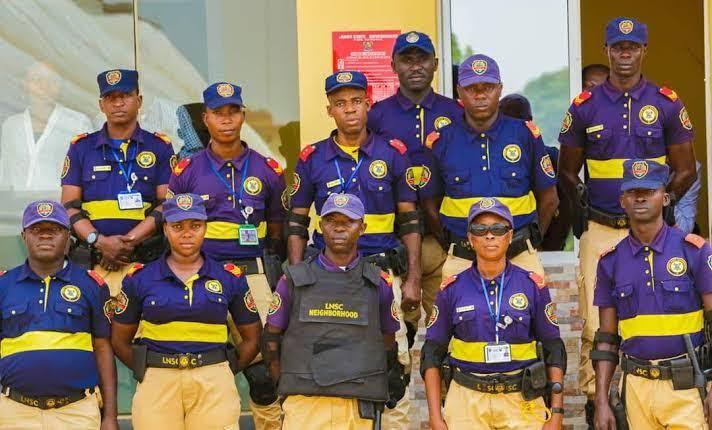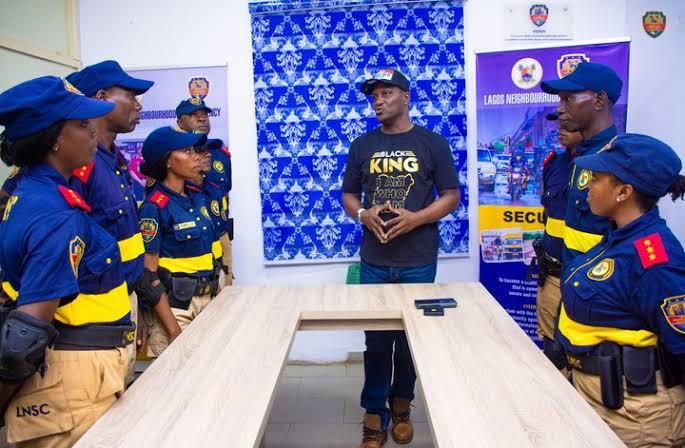Explore Our Bill Payment Services:
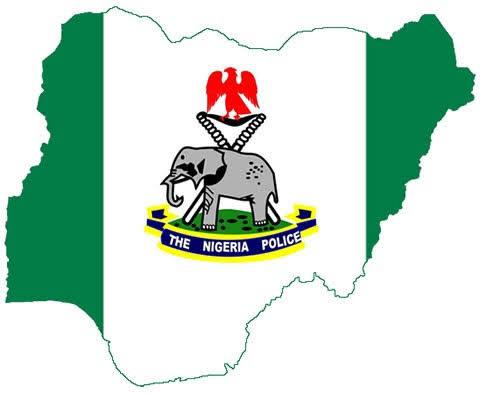
- Military And Defence
- Para-Military Guide
- Nigeria
Npf (Police) Ranks & Symbols: Verified Hierarchy
The Nigerian Police Force (NPF) is one of the most vital security institutions in Nigeria. With thousands of officers spread across the country, understanding the rank structure and official symbols helps you know who's in charge and what each rank represents.
In this verified guide, you'll learn:
-
The complete NPF rank hierarchy
-
The difference between commissioned and non-commissioned ranks
-
What each rank symbol looks like and what it means
Structure of NPF Ranks
The NPF rank structure is divided into two major categories:
-
Non-Commissioned Officers (NCOs)
-
Commissioned Officers
Let’s explore each category with their symbols and descriptions.
Non-Commissioned Officers (NCOs) & Their Symbols
These are the junior and mid-level ranks. Officers here report to superior ranks and carry out tactical duties.
| Rank | Symbol | Role Description |
|---|---|---|
| Constable | No insignia | Entry-level officers performing basic duties |
| Corporal | Two chevrons (V-shape stripes) | Supervises constables; handles minor cases |
| Sergeant | Three chevrons | Team leader at unit level |
| Sergeant Major | Three chevrons + wreathed star | Senior NCO; handles discipline and field supervision |
Note: These officers form the backbone of ground operations across Nigeria.
Commissioned Officers & Their Symbols
These are the command and leadership ranks. Officers here make decisions, lead units, and handle administration.
| Rank | Symbol | Role Description |
|---|---|---|
| Inspector | Two bars | Junior officer; leads smaller units |
| Assistant Superintendent (ASP) | One star | Entry-level commissioned officer |
| Deputy Superintendent (DSP) | Two stars | Supervises ASPs and controls local operations |
| Superintendent (SP) | Three stars | In charge of divisions or larger departments |
| Chief Superintendent (CSP) | One laurel + one star | Senior officer with regional oversight |
| Assistant Commissioner (ACP) | One laurel + two stars | Oversees major zones; supervises CSPs |
| Deputy Commissioner (DCP) | One laurel + three stars | Zone commander or large area supervisor |
| Commissioner of Police (CP) | One laurel + eagle + two stars | Heads state command |
| Assistant Inspector General (AIG) | One laurel + eagle + three stars | Commands a zone; supervises multiple CPs |
| Deputy Inspector General (DIG) | Crossed sword + baton + eagle + stars | Top executive overseeing several departments |
| Inspector General (IGP) | Nigeria coat of arms (gold badge) | Head of the entire Nigerian Police Force |
NPF Rank Symbol Summary Table
| Category | Rank | Insignia |
|---|---|---|
| Non-Commissioned | Constable | None |
| Corporal | Two chevrons | |
| Sergeant | Three chevrons | |
| Sergeant Major | Three chevrons + star | |
| Commissioned | Inspector | Two bars |
| ASP | One star | |
| DSP | Two stars | |
| SP | Three stars | |
| CSP | Laurel + one star | |
| ACP | Laurel + two stars | |
| DCP | Laurel + three stars | |
| CP | Laurel + eagle + two stars | |
| AIG | Laurel + eagle + three stars | |
| DIG | Baton + sword + eagle + stars | |
| IGP | Nigeria Coat of Arms |
Things to Know About NPF Ranks
-
Promotion is based on merit, years of service, exams, and discipline record.
-
Rank determines authority and salary level within the police force.
-
Only IGP can be appointed by the President of Nigeria with approval from the Police Council.
-
NPF symbols follow a unified command pattern, similar to military ranking globally.
Frequently Asked Questions (FAQs)
1. Who is the highest-ranking police officer in Nigeria?
The Inspector General of Police (IGP) is the highest-ranking officer in the Nigerian Police Force.
2. What is the first rank in the police?
The Constable is the lowest and starting rank in the Nigerian Police.
3. How can I become a police officer in Nigeria?
You can apply through the NPF recruitment portal during open applications. Qualifications required range from SSCE to university degrees depending on the position.
4. Can a university graduate start from ASP?
Yes. Graduates who apply through Direct Entry or Police Academy (POLAC) can start as Assistant Superintendent of Police (ASP).
5. Do police officers wear their ranks?
Yes. All NPF officers wear their rank insignia on their shoulders or collars to signify their position and command level.
Conclusion
Understanding the NPF ranks and symbols is key to respecting the hierarchy and knowing how the police force operates in Nigeria.
From Constables to the IGP, every rank plays a vital role in maintaining law and order. The Nigerian Police Force continues to uphold its structure based on discipline, service, and command.

